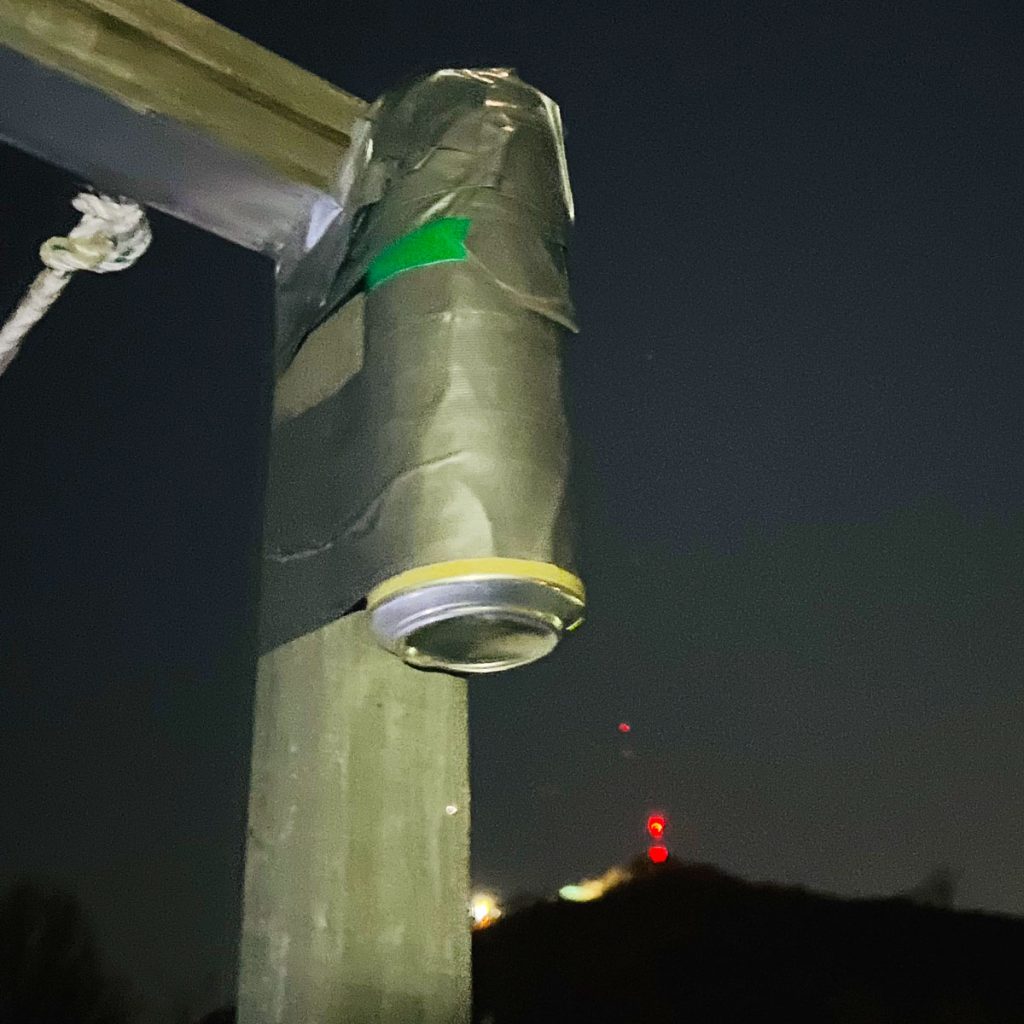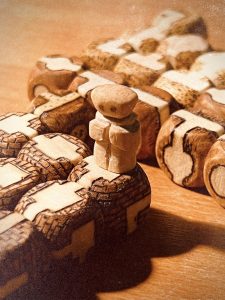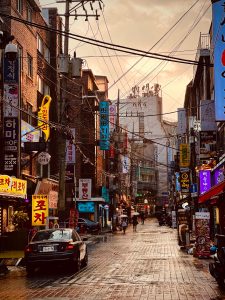I’ve always been intrigued by pinhole experiments involving a dark box and film, but recently, I stumbled upon a fascinating twist on this age-old concept—solargraphy. This technique involves using a camera obscura for super long exposures, ranging from one week to six months. The magic lies in the chemical reaction that occurs in the photopaper coating: it self-develops over time, eliminating the need for any chemicals or additional processing.
Thrilled by the idea of capturing these ethereal, time-lapse images without needing a darkroom or developing agents, I dove headfirst into the world of DIY cameras. I began experimenting and, after some trial and error, ended up with seven rather rudimentary-looking devices.
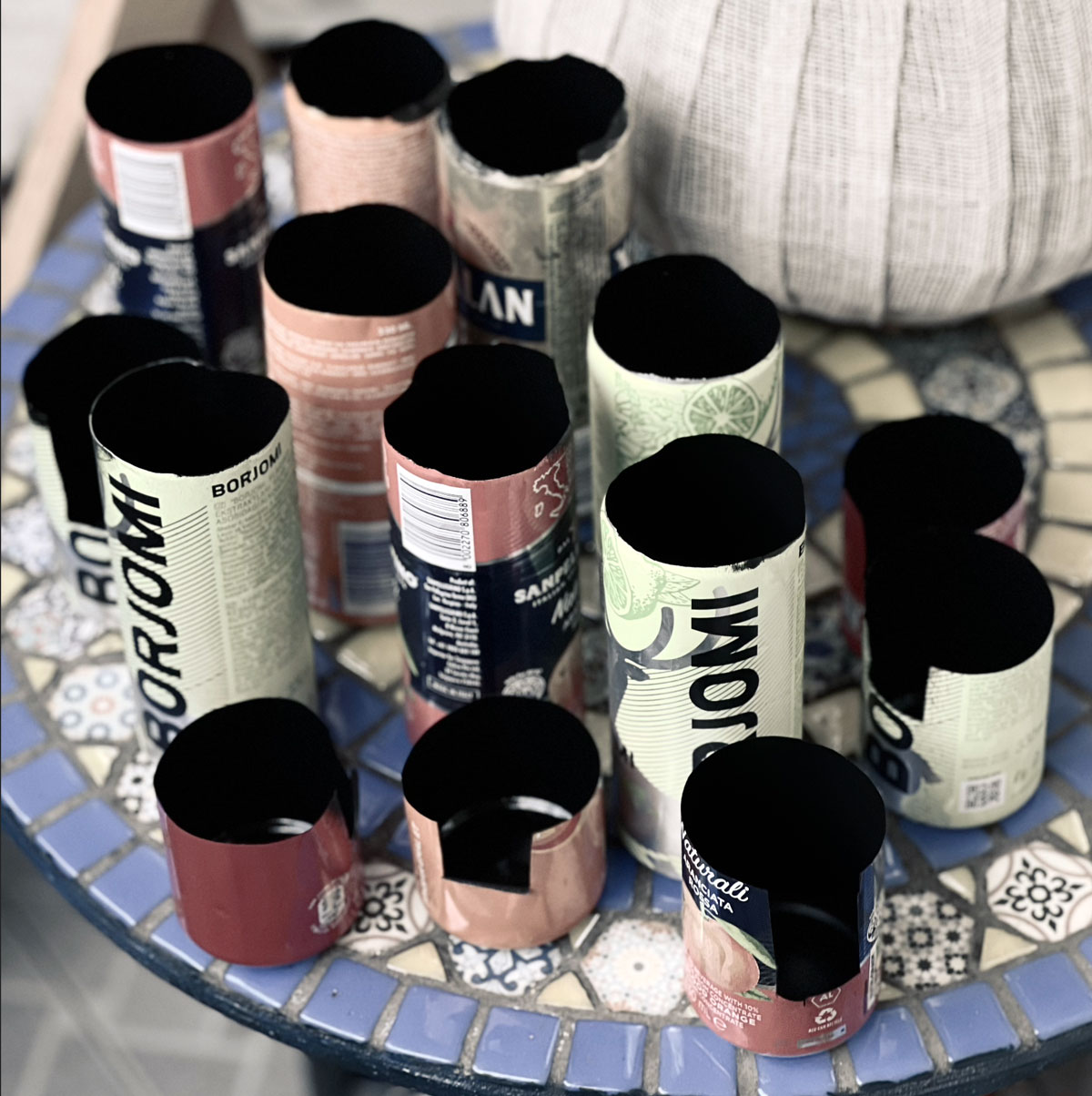
Building My First Solargraphy Cameras
Using 14 old tin cans, I cut, painted, and carefully prepared them as pinhole cameras, securely packing photopaper inside each one. These makeshift cameras were ready for deployment, but I quickly learned that the key challenges in solargraphy are less about the build and more about protecting your cameras from curious passersby, wild animals, and unpredictable weather. To combat this, I strategically hid them in various locations.I installed the first two cameras in my apartment, one facing west and the other east. The other five were placed at our country house in the rural Absheron Peninsula, facing all four cardinal directions. At the time, I didn’t realize that north-facing cameras are uncommon for this technique, but curiosity drove me to experiment anyway.


The First Results
Encouraged by my initial success, I’ve started my next experiment: five new cameras installed on the rooftop of a building in Seoul. Positioned to capture a stunning sunset view, I can’t wait to see how the vibrant cityscape blends with the natural motion of the sun.Solargraphy has opened a new world of creativity for me. It’s not just about the final images—it’s about the patience, curiosity, and ingenuity required to create something truly unique. Stay tuned for updates as I continue exploring this mesmerizing technique!
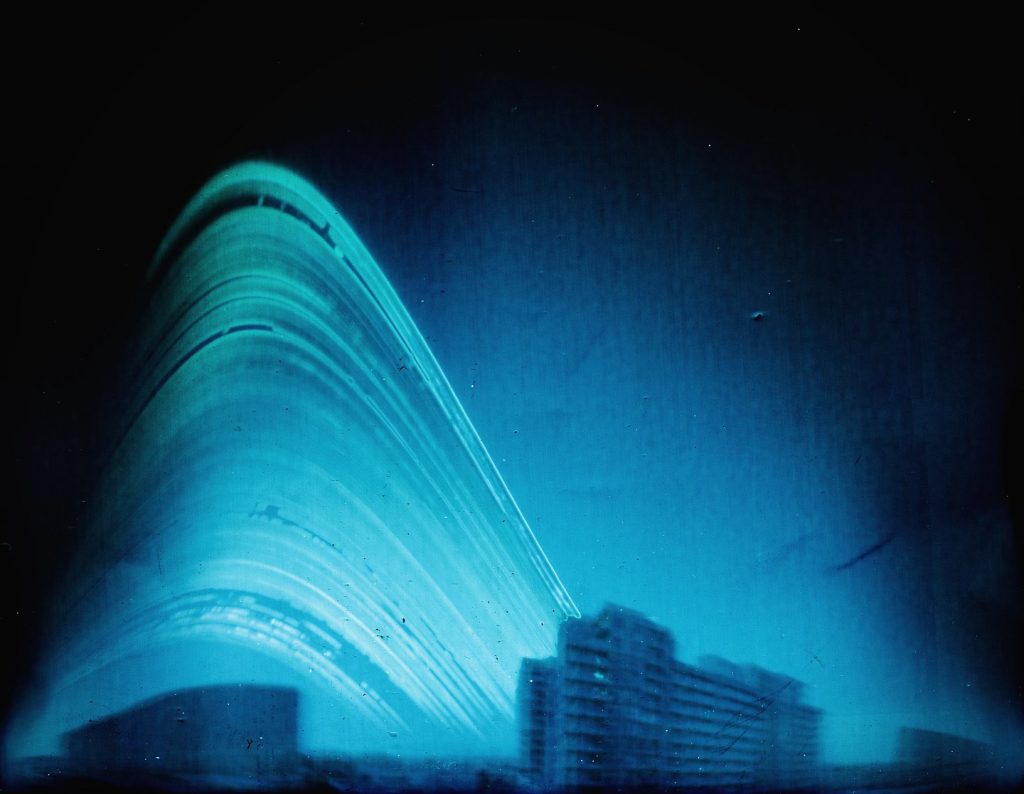

What’s Next?
Encouraged by my initial success, I’ve started my next experiment: five new cameras installed on the rooftop of a building in Seoul. Positioned to capture a stunning sunset view, I can’t wait to see how the vibrant cityscape blends with the natural motion of the sun.Solargraphy has opened a new world of creativity for me. It’s not just about the final images—it’s about the patience, curiosity, and ingenuity required to create something truly unique. Stay tuned for updates as I continue exploring this mesmerizing technique!
